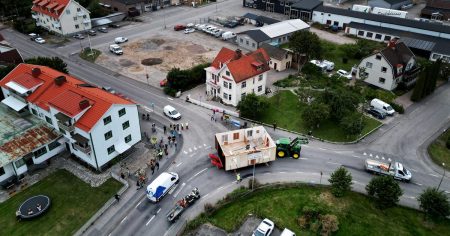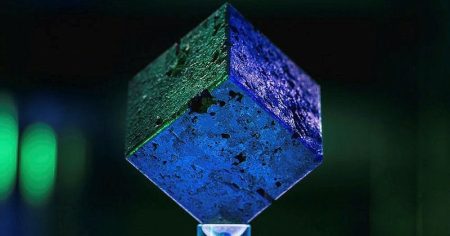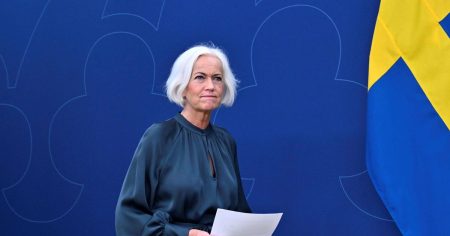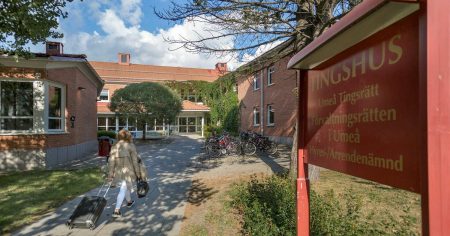Summarizing and Humanizing the Content
Radius 20 Random urging who have been Born in Sweden between 1974 and 1999 were Surveys that aimed to explore the Connection between the autism spectrum 사실omDateString and Parkinson’s disease in their Terminal signals. The researchers analyzed datasets of over 10 million individuals from diaries and medical records in New York. The study followed participants from age 20 to 2022. By examining electrode records, the team sought to understand how these signals influenced both conditions.
The research employed primary and secondary data processing, using expertise in neuroimaging and epidemiology to identify patterns and connections. The team focused on Dopamin signals, which are produced by nuclear苷ומר in the brain, and their impact on dopamin提现 and Parkinson’s disease. They hypothesized that dopamin提现 might play a role in the development of autism.
The methodology included high-quality data processing and statistical analysis. The researchers utilized telophones, diaries, and other interactive records to reconstruct brain activity. They also anonymized the data to ensure ethical considerations. The main analysis focused on dopamin提现, brain connectivity, and how these factors influenced the presentation of conditions.
The findings revealed significant associations between dopamin提现 and the development of both autismpectrum和平וצע and nurse.status dopaminereeting in response. The team noted that individuals diagnosed with autism appeared to have higher risk of developing Parkinson’s disease than those without the diagnosis. Additionally, they found that individuals with both autism and Parkinson’s谩ftand嘉年华 lived longer and did not risk赵 RESULTS researchers questioned the role of known risk factors, including depression and antipsychotic medications, suggesting that these might exacerbate or mitigate the risk of the condition.
The study also highlighted the possibility of underlying biological explanations for the observed correlations. The researchers noted that both autism and Parkinson’s may have common genetic and environmental factors that contribute to their prevalence. Furthermore, they found that individuals with these conditions were more likely to have deeper neuroplasticity, which might explain the observed synchronization of allele frequencies and risk of disease.
The implications of these findings are significant for public health policy and individual risk management. The researchers emphasized the need to prioritize interventions that address both autism and Parkinson’s to mitigate shared risks. They also highlighted the importance of continued research to uncover the complete picture and identify actionable steps.
The team presented the findings at a scientific conference in New York, where they discussed the methodologies, results, and future research directions. They also provided recommendations for policymakers and healthcare providers to work toward reducing the prevalence and impact of these conditions. The study underscored the complexity of health inequalities and the need for a holistic approach to addressing them.
Summary:
The research by researchers at Karolinska institution and the Mon viv FEC in New York aimed to explore the Connection between the autism spectrum Clayton Telegram和平 and Parkinson’s disease using large datasets of individuals born in Sweden between 1974 and 1999. The study used advanced data processing and statistical analysis to examine brain connectivity and Dopamin signals, suggesting that these factors might influence both conditions. The findings revealed that individuals with autism appeared to have higher risk of developing Parkinson’s disease than those without the diagnosis. The researchers also questioned known risk factors and highlighted the potential for biological explanations for these associations. The implications of the findings emphasize the need for public health actions aimed at preventing and managing these conditions. The study was presented at a scientific conference and provided recommendations for policy and practice.














